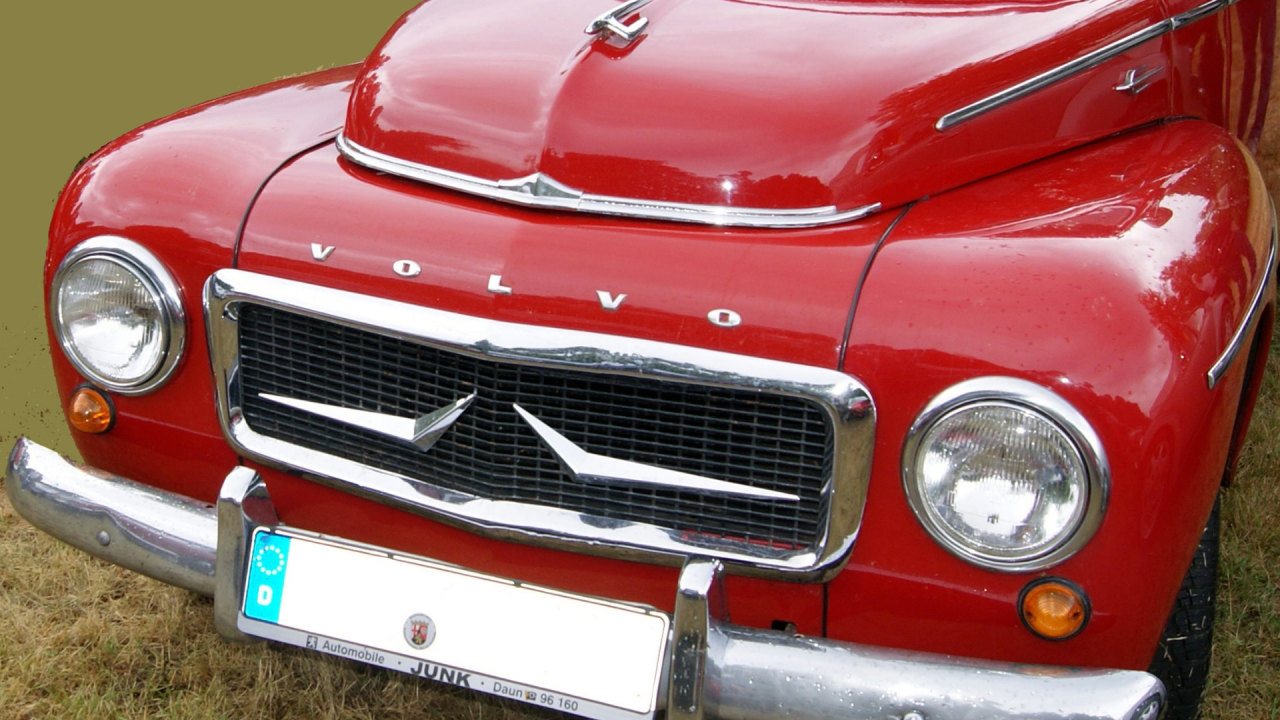Jaguar’s new campaign, featuring abstract visuals, avant-garde fashion, and slogans like “break moulds”, “live vivid,” and “delete ordinary”, showcased vibrant visuals and models in elaborate outfits, notably excluding what the brand is known for – cars.
This artistic departure has led to a social media meltdown, with engagement numbers that tell two very different stories:
- 97M views on the initial campaign video
- 4M views on Elon Musk’s critical response
- Thousands of predominantly negative comments across platforms
Elon Musk reacted to Jaguar’s new ad with a humorous jab, questioning its content by asking, “Do you sell cars?”
Jaguar responded to Musk’s comment with wit, inviting him to join them for a cup of tea in Miami on December 2nd, where they plan to unveil more details about their upcoming electric vehicle lineup.
Musk’s remark, along with various critical comments from social media users, highlighted the confusion surrounding the ad’s focus on aesthetics rather than showcasing the cars themselves.
So what really happened?
The Fall of a Legend: Jaguar’s Identity Crisis and the Price of Modernity
In the storied halls of luxury automotive history, few names carry the weight of Jaguar. Yet in November 2024, this erstwhile British icon, now owned by Indian company Tata chose to rewrite its narrative in a way that has left the automotive world stunned, confused, and largely outraged.
This isn’t just another rebranding story; it’s a cautionary tale about the delicate balance between evolution and identity, between chasing relevance and preserving legacy.
The Artistic Gamble That Shook an Industry
Jaguar’s new campaign emerged not with the traditional roar of engines but with abstract visuals and ethereal messaging.
Gone were the sleek silhouettes of luxury vehicles, replaced by models in avant-garde fashion, minimalist typography, and slogans that seemed more suited to a contemporary art gallery than a car manufacturer.
“Break moulds,” “live vivid,” “create exuberant” – words that float in space, much like the campaign itself, untethered from the brand’s automotive reality.
The Viral Explosion and the Musk Effect
The campaign achieved what many marketers dream of – viral status.
With 97 million views, it certainly got people talking.

But the conversation took a decisive turn when Elon Musk posed a deceptively simple question: “Do you sell cars?” His tweet, garnering 232,000 likes and 4 million views, became the match that ignited an already volatile situation.
Jaguar’s response, inviting him for a “cuppa in Miami,” demonstrated the very disconnect critics were highlighting – clever social media banter while avoiding the fundamental question about their core product.
From Professional Critique to Public Outrage
The backlash has been both swift and severe. A former Ogilvy Design Director’s scathing critique summarized the professional perspective: “The rebrand is awful. It’s a massive step away from Jaguar’s heritage.”

Marketing experts predict this will become a case study in what not to do, while industry insiders openly mock the likely astronomical agency fees for what they see as a catastrophic misstep.
Public reaction has ranged from confused (“Is this a skincare company now?”) to hostile (“Congratulations. You’ve killed a British icon”). Perhaps most damaging are the comments from long-time enthusiasts who see this as not just a marketing misstep, but a betrayal of everything Jaguar represents.

The Strategic Divide and the Question of Purpose
Defenders of the campaign, few as they are, point to unprecedented engagement metrics. As one marketing strategist noted, “It’s the most anyone has talked about Jaguar in 50 years.” But this raises a crucial question: Is negative attention better than no attention for a struggling luxury brand?

This divide reveals a deeper issue within modern brand management. One commenter captured it perfectly: “Welcome to a generation of incompetent, inexperienced young managers who are desperate to reinvent the wheel and are chasing ideologies that no one in the target group even remotely represents.”

The Real Cost of Viral Fame
Beyond the immediate social media storm lies a more serious concern: the long-term impact on brand value and sales. Luxury brands operate on a foundation of confidence and heritage.
When potential buyers consider spending six figures on a vehicle, they’re not just buying transportation – they’re buying into a legacy, a story, a promise of excellence.

The campaign has created what one analyst calls “purchase shame” – even if someone appreciates the new direction, would they feel confident spending luxury car money on a brand that seems unsure of its own identity?
The Road Ahead: Recovery or Reinvention?
Jaguar now faces a critical juncture. The traditional playbook would suggest a rapid return to core values – emphasizing engineering excellence, luxury heritage, and actual vehicles. But having committed so boldly to this new direction, an immediate reversal could appear equally damaging.

The challenge isn’t just about marketing anymore; it’s about fundamental brand identity. Can Jaguar find a middle ground between heritage and modernity? Is there a way to attract new audiences without alienating loyal customers? These questions extend beyond Jaguar to every legacy brand facing the pressures of modern market demands.
The Broader Implications
This controversy has become a litmus test for the broader luxury market’s approach to modernization. Traditional competitors watch carefully, likely reinforcing their commitment to conventional luxury marketing. Meanwhile, younger brands may see this as a warning about the risks of radical repositioning.

Looking to the Future
The true impact of this rebranding exercise won’t be measured in social media metrics or immediate sales figures, but in the long-term perception of the Jaguar brand.
Will this be remembered as a bold step forward that initially misunderstood but ultimately revitalized a historic brand?
Or will it mark the beginning of the end for one of Britain’s most beloved luxury manufacturers?
As the automotive industry watches this unfold, one question remains: In the race to remain relevant, how much of your soul can you sacrifice before you lose the very essence that made you valuable in the first place?
What do you think? Has Jaguar found the key to future relevance, or have they traded their birthright for a moment of viral fame?





